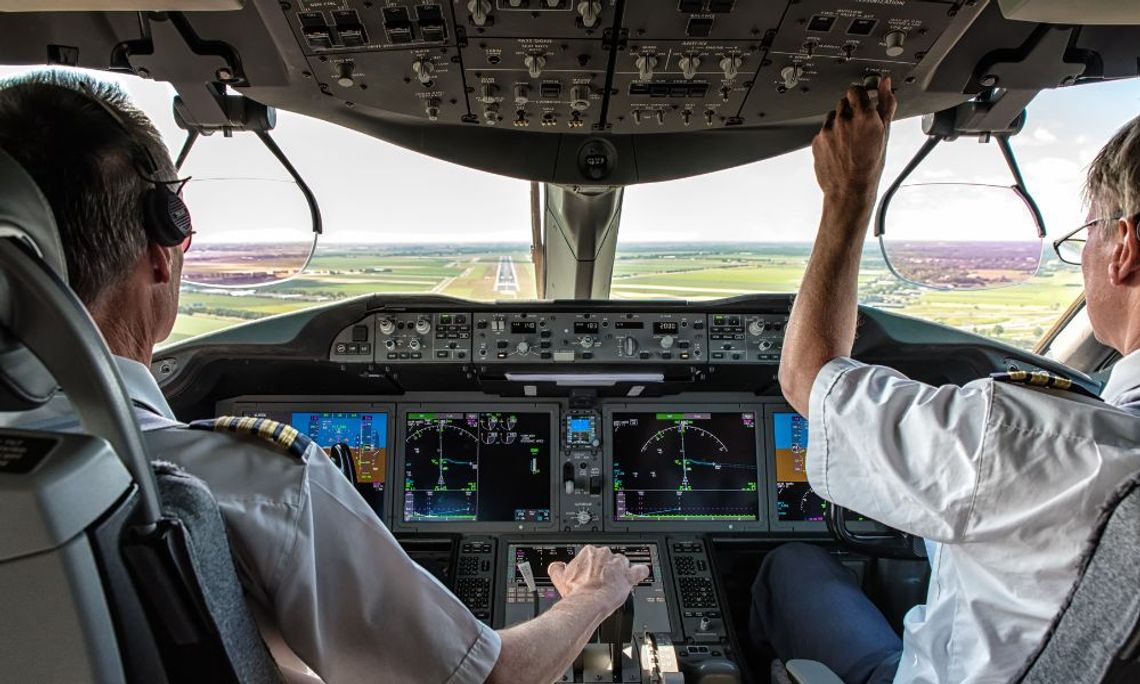Whether you’re an aspiring pilot or a curious traveler, you’ve likely wondered how aviation navigation works. It’s common knowledge that pilots use GPS—we’re here to tell you why!
Previous Methods of Navigation
First, let’s look at older navigation methods. These were used commonly prior to the invention of the GPS and are still used today by some pilots, either for fun or to brush up on their skills.
Pilotage
This method relies on pilots looking out the window and finding landmarks along the ground. In the modern day, this usually refers to highways or city lights. Because it requires a reliable view of the ground, it is very dependent on the weather.
Fun fact: it’s still one of the first navigation methods taught to new pilots!
Dead Reckoning
Dead reckoning uses distance and the speed of the aircraft to calculate the time between ground checkpoints. This method is often used combined with pilotage to keep pilots on their route.
Non-Directional Beacons
Non-directional beacons, or NDB, are radio beacons that transmit via radio waves to an aircraft’s receiver. The cockpit’s associated instrument will show an arrow pointing to the nearest NDB ground station.
Today, pilots can use this method to find their way if they get lost. Some pilots also rely on NDB as their main navigation method!
Why GPS?
GPS is the most common system used today; the question is, why? Simple: it’s the most accurate.
GPS uses satellite data to give pilots accurate location data. This allows pilots to fly from any point in space to any other point in space, making it more efficient. This allows airlines to save fuel, time, and money.
GPS can also be combined with traffic collision avoidance, terrain avoidance, and weather avoidance systems. This makes it possible for pilots to fly safely and accurately even during bad weather or through remote areas.
How Does GPS Work?
GPS uses imaginary vertical points called waypoints. These are stored in the GPS system, and exist all over the world. Pilots use these waypoints, as well as latitude and longitude coordinates, to fly to their intended destination.
The accessibility of GPS equipment in an aircraft makes navigation much simpler. Pilots also work with air traffic control to adjust their routes mid-flight. Aviation navigation is a complicated field; pilots use GPS to make their lives a little easier.


Comment
Comments